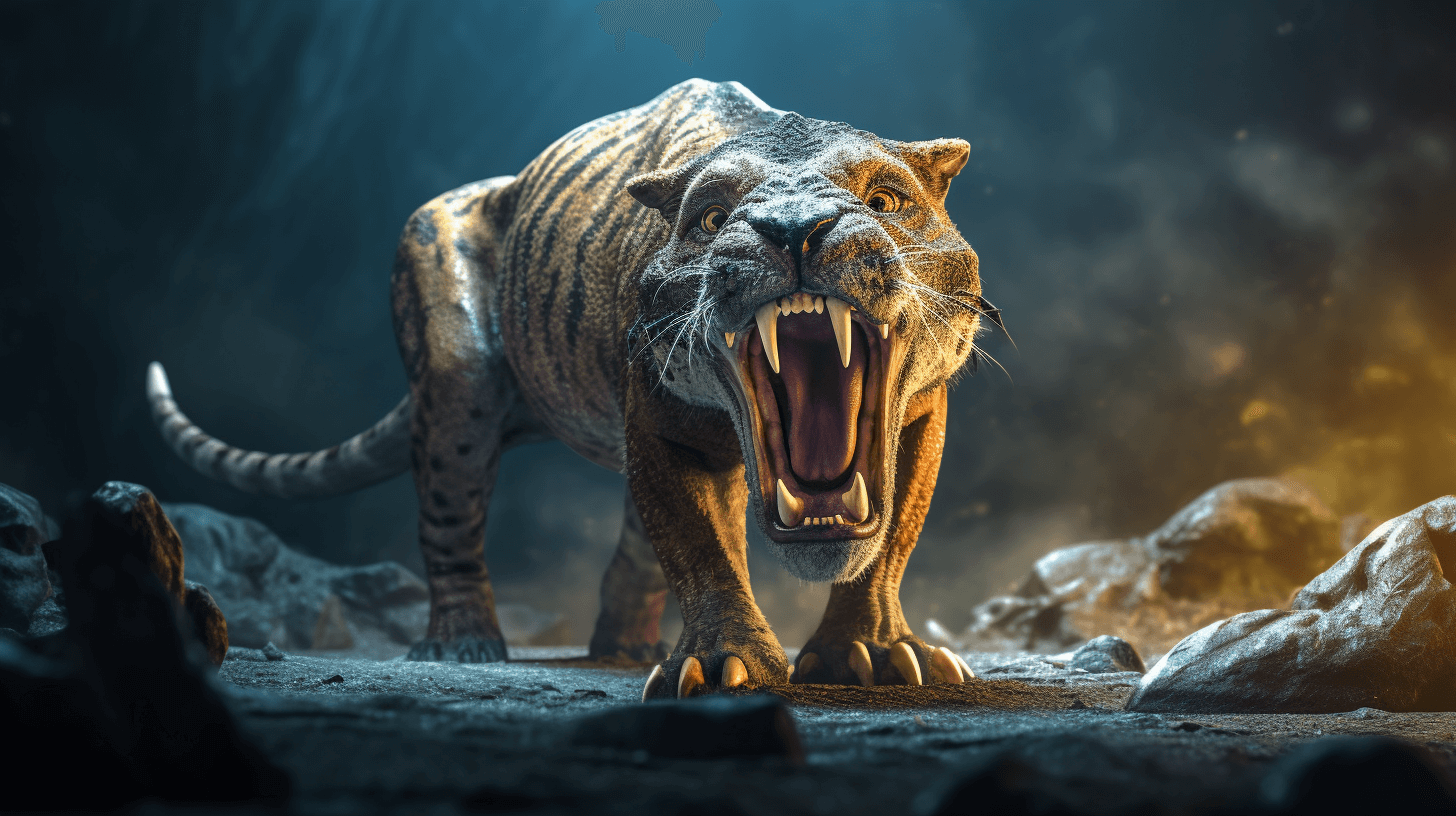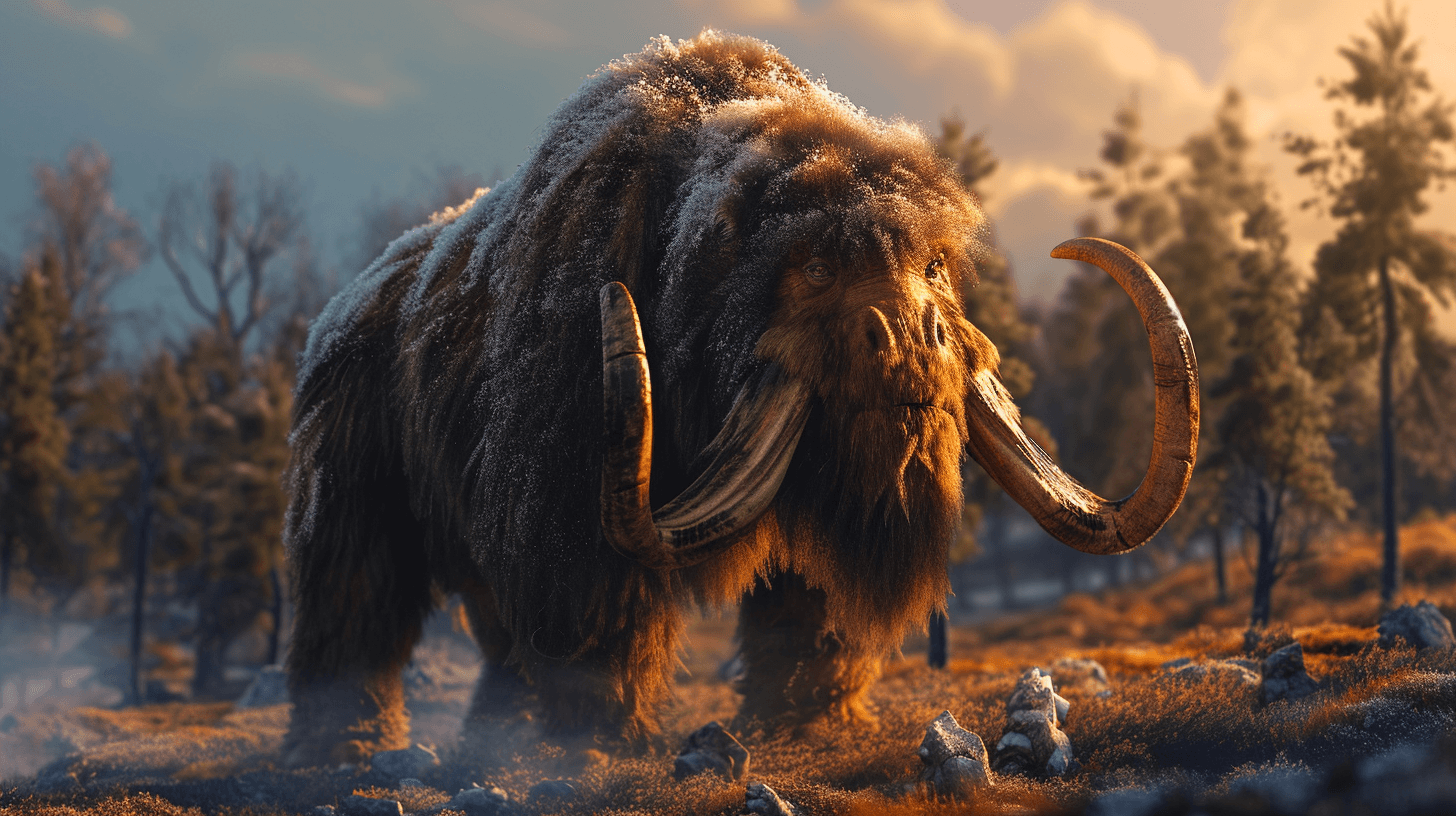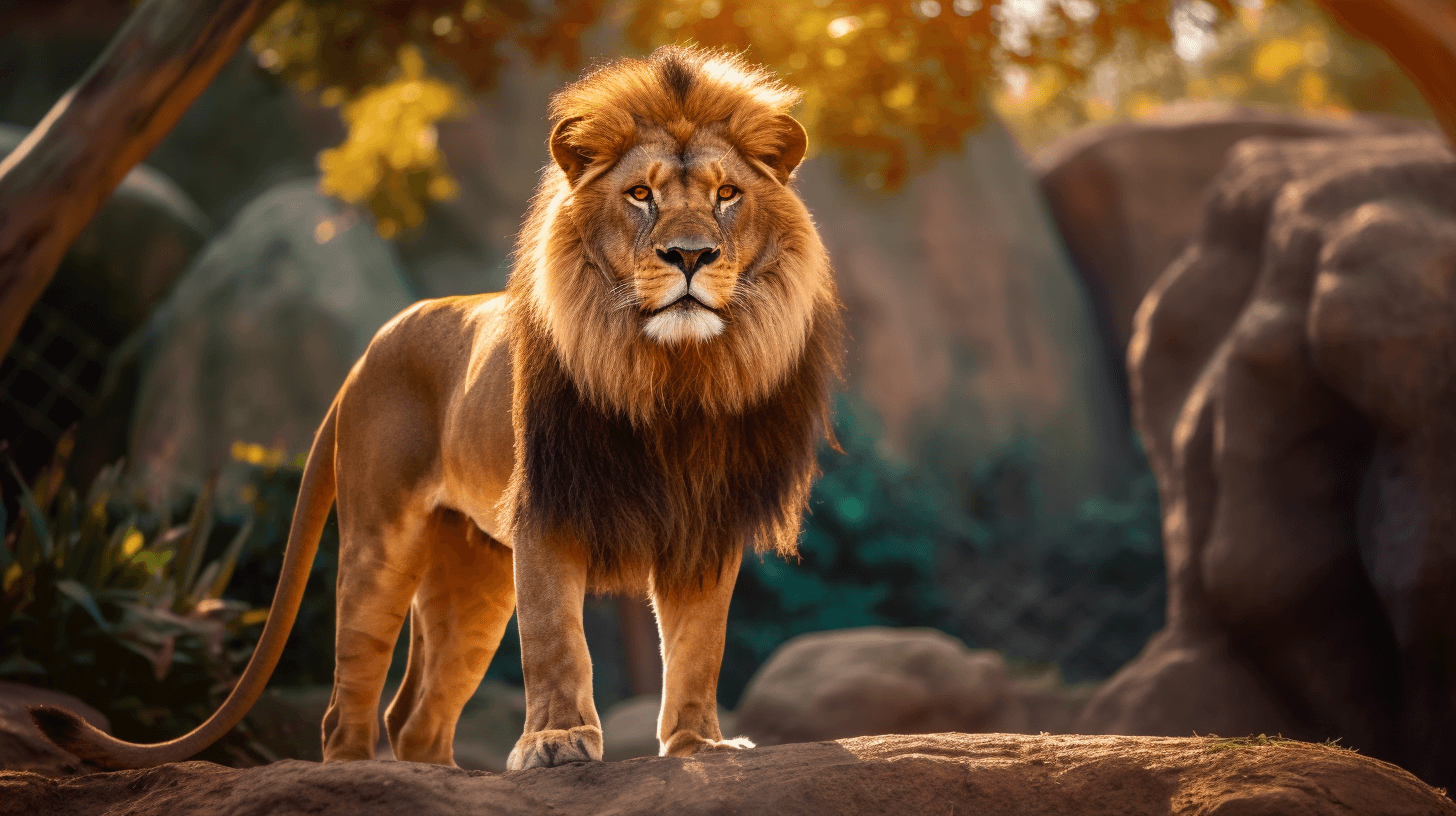🐯🦖Eh, you buggahs, listen up! Sabah-toot kine Predator, buss out from da long time wen evolution neva even come up wit cats yet
As we wen get plenny extinctions, one mean predator wen emerge, dis guy wen dominate da south side Africa, long time ago, wen was all Permian kine period.
About 252 million years ago, was real mess up time fo stay alive, yeah? Get volcanoes exploding 🌋, messing up da ecosystems and causing all kine species fo go extinct. Lasted fo one million years and wen change life on Earth for good.
But get dis one place, today called south Africa, where had these big predators dat somehow wen survive. Da guys published one paper in da journal Current Biology dat talk about one new sabah-toothed beast dat showed up outta nowhere, den disappeared, right at da end of da extinction event. Dis buggah wen break da theory dat da big predators are da first ones fo go extinct.
Dat time, da main animals on land during da Permian Period, from about 298 million to 252 million years ago, was dis group called synapsids, da ancestors to mammals or protomammals. Dinosaurs neva even evolve yet, was still million years away.
Da group of synapsids called Gorgonopsians, dey had four legs and hunted with sabah-toothed fangs coming outta their boxy rectangular snout. Kinda like da T. rex of their time 🦖.
Most of Earth was one big supercontinent called Pangea. Researchers found out dat different kinds of gorgonopsians occupied da top predator spot in what is now Karoo Basin in South Africa during da million years of da Permian extinction. Like one assembly line, one gorgonopsian would evolve, fill da top predator spot, den go extinct, and den another one would replace it.
But had one surprising discovery, one new gorgonopsian species evolved and became dominant at da very end of da Permian extinction. Dis one was about da same size as one Siberian tiger, Inostrancevia alexandri, dat had only been found in Russia before.
Dey named da new animal Inostrancevia africana, and dey think its ancestors migrated from far north to south across da big and dangerous Pangean land mass. Wen their descendants took over south Africa, dey had no real competition as they fed on herds of herbivorous Lystrosaurus.
One paleontologist who wasn’t part of da research said it was “unexpected and exciting” dat dey found same kine gorgonopsians in both Russia and South Africa.
But it wasn’t long before da Inostrancevia africana also wen extinct. This discovery got lessons fo us fo learn.
Dr. Viglietti said, “What killed da gorgonopsians, and their entire ecosystem, was a global warming crisis that happened over hundreds of thousands of years.” She added that today, “we are seeing these same changes over the course of a single human lifetime.” 🌍☀️
Dr. Kammerer also sees da discovery as a chance fo look again at da Permian-Triassic Extinction, which often gets overlooked because of da dinosaurs that came after. He said, “Without this extinction there is every indication that protomammals would have continued to rule the Earth, and the ancestors of dinosaurs might never have had a chance.”
So guys, rememba, everything change, yeah? One day you da big kahuna, next day, pau. Us guys, we gotta learn from da past, and do our part fo take care of da Earth. No let happen like da gorgonopsians, yeah? 🌎🌿🐯
NOW IN ENGLISH
🐯🦖 Listen up, folks! The Saber-Toothed Predator from Long Before Cats were Even in the Picture
As numerous extinctions wiped out species during the Permian Period, a formidable predator emerged, dominating Southern Africa’s terrain.
Around 252 million years ago, it was a chaotic time to be alive. Supervolcanoes were erupting 🌋, disrupting ecosystems and causing a wave of extinctions over a million years, leaving a permanent mark on life on Earth.
However, in what is now southern Africa, some large predators miraculously managed to survive. In a paper published in the journal Current Biology, researchers describe a new saber-toothed beast that appeared out of the blue and then vanished, right at the end of the extinction event. This shook up the ecological theory which says that large predators are the first to succumb to extinction pressures.
Life on land during the Permian Period, which lasted from about 298 million to 252 million years ago, was ruled by synapsids, the evolutionary forerunners to mammals or protomammals. Dinosaurs were still millions of years from evolving.
Synapsids included our own ancestors, and not nearly enough people know about this. The Gorgonopsians were a group within the synapsids. These four-legged carnivores hunted with saber-toothed fangs projecting from a boxy rectangular snout. They were kind of like the T.rex of their time 🦖.
Back then, Earth’s land mass was mostly a single supercontinent called Pangea. The researchers discovered that various species of Gorgonopsian occupied the top predator spot in what is now Karoo Basin in South Africa throughout the million years of Permian extinction. It was like an assembly line: a Gorgonopsian evolved, filled that niche, went extinct, and then was replaced by another.
However, they were surprised to discover that a Gorgonopsian species evolved and quickly became dominant toward the very end of the Permian extinction. It was roughly the same size as a Siberian tiger, resembling Inostrancevia alexandri, a species that had previously been found only in Russia.
The researchers named the new animal Inostrancevia africana, and suggest that its ancestors migrated from far north to south across the perilous Pangean land mass. Once their descendants dominated what became southern Africa, they had no true competitors as they feasted on herds of herbivorous Lystrosaurus.
A paleontologist who was not part of the research said that discovering similar Gorgonopsians in both Russia and South Africa was “unexpected and exciting.”
However, it wasn’t long before Inostrancevia africana faced its own extinction. The team emphasizes that this discovery offers lessons that we should pay attention to.
“What killed the Gorgonopsians, and their entire ecosystem,” one researcher said, “was a global warming crisis that happened over hundreds of thousands of years.” She noted that in today’s world, “we are seeing these same changes over the course of a single human lifetime.” 🌍☀️
Another researcher sees the discovery as an opportunity to reexamine the Permian-Triassic Extinction, which is often overshadowed by the era of the dinosaurs that followed. He stated, “Without this extinction, protomammals would have continued to rule the Earth, and the ancestors of dinosaurs might never have had a chance.”
So everyone, remember, everything changes. One day you’re on top, the next day, it’s over. We must learn from the past, and do our part to take care of the Earth. Let’s not end up like the Gorgonopsians. 🌎🌿🐯







